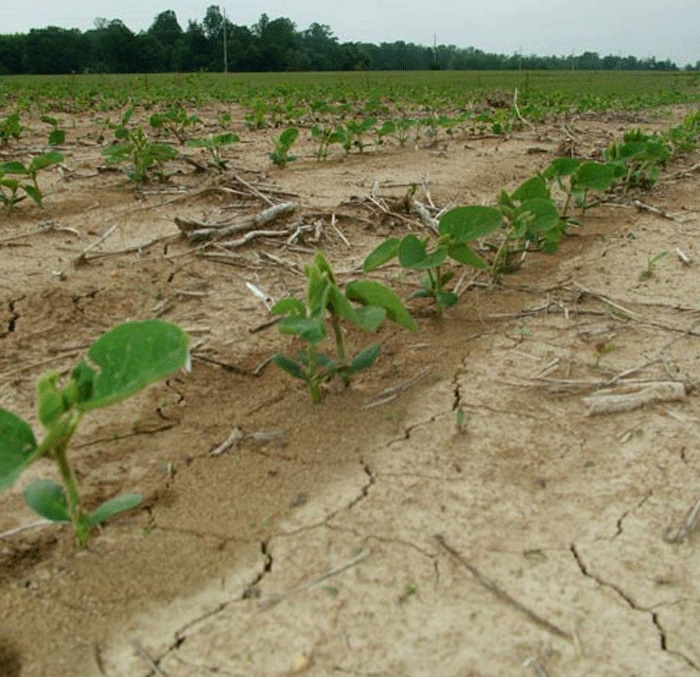
Young soybeans can reveal many secrets
• At this stage the nodules are rapidly forming on the roots. It is a great idea to go check to ensure that 10–15 nodules are visible on the roots.• Remember, it takes about three to four pounds of nitrogen per bushel of harvest soybeans, so these nodules have to fix about 300 pounds of N for a 60 bushel per acre harvest.• If there are issues it could be pH related, nutrient related, inoculation, virgin soil issues or other maladies.
June 9, 2011

Many fields of soybeans are actively growing and there is some general information one needs to become familiar with what the plant is going through at this time.
Many fields I have checked are in the V2 growth stage. What does this mean? V2 is identified by first inspecting for the presence of the cotyledons (those are the thick leaves that came up first, lose one of those and that could be 2 percent of your final yield!
Then look at the first leaf that is called the unifoliate (this means single leaf). It is rounded and appears just above the cotyledons.
Next begin counting the number of trifoliate (three leaflets on one stem) leaves that have emerged above the unifoliate leaf. Each trifoliate is a V stage. So if one counts 2 trifoliates then the stage is V2.
Plants have two main stages V and R. The V stands for vegetative, that is to say the stage that the plant germinates, emerges and puts leaves on the main stem.
Then there’s the R stage which refers to the reproductive stage. This stage marks a change in the plant from simply growing green leaves to begin to prepare the metabolism and prepare to produce an ear or a pod.
In many cases both stages exist with soybeans as they will continue to put on new leaves while flowering. Typically they will stay in the V stages for about 40 days or more.
As of this writing many fields are at the V2 stage. Now you know what I am referring to pertaining to stages.
Forming rapidly on the roots
At this stage the nodules are rapidly forming on the roots. It is a great idea to go check to ensure that 10–15 nodules are visible on the roots. Sometimes I squeeze them and they should be pink inside indicating that they are indeed producing the nitrogen required for the soybean plant.
Remember, it takes about three to four pounds of nitrogen per bushel of harvest soybeans, so these nodules have to fix about 300 pounds of N for a 60 bushel per acre harvest.
If there are issues it could be pH related, nutrient related, inoculation, virgin soil issues or other maladies.
I keep a quick pH kit in my truck and many times check pH near the seed. Low pH many times hampers the nodule formation on the roots. If you do find limited to non-existent nodules there is still time. However it is becoming limited. If the plant becomes N deficient an application of N might prove useful.
Another key aspect at this time is that at each joint of the stem there will be axillary buds (simply a bud at a stem joint). This is a great advantage, unlike corn that has one growing point, the soybean plant, once the axillary buds form, will have a tremendous amount of growing points at each and every one of the joints on the plant adding to its ability to survive stress, hail and other maladies in season.
Short of you going out and clipping off the plants, or a disease or insect takes out the stem below the cotyledons, very little can really destroy the plants regenerative ability. Even ground hogs leave just enough that the beans regenerate from the axil buds to have a continual supply of fresh growth.
As the vegetative stages continue, things begin to change once the first flowers emerge. Any flower that you can identify on the plant indicates the R stages or reproductive stages.
A general rule of thumb is that once the first flower is observed by doubling the height of the plant at that stage is roughly about the height the plant will be at harvest.
You May Also Like



